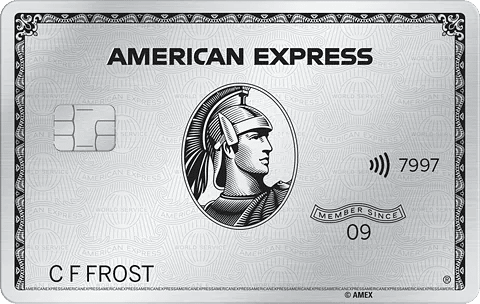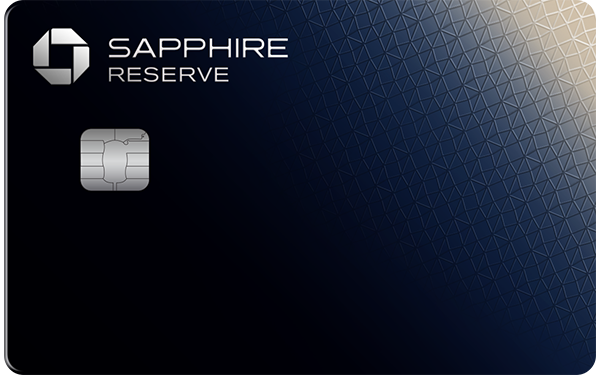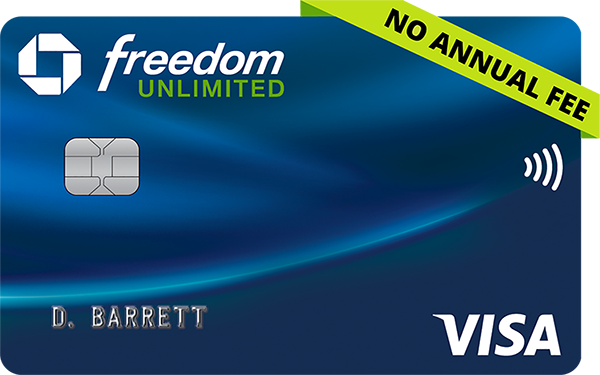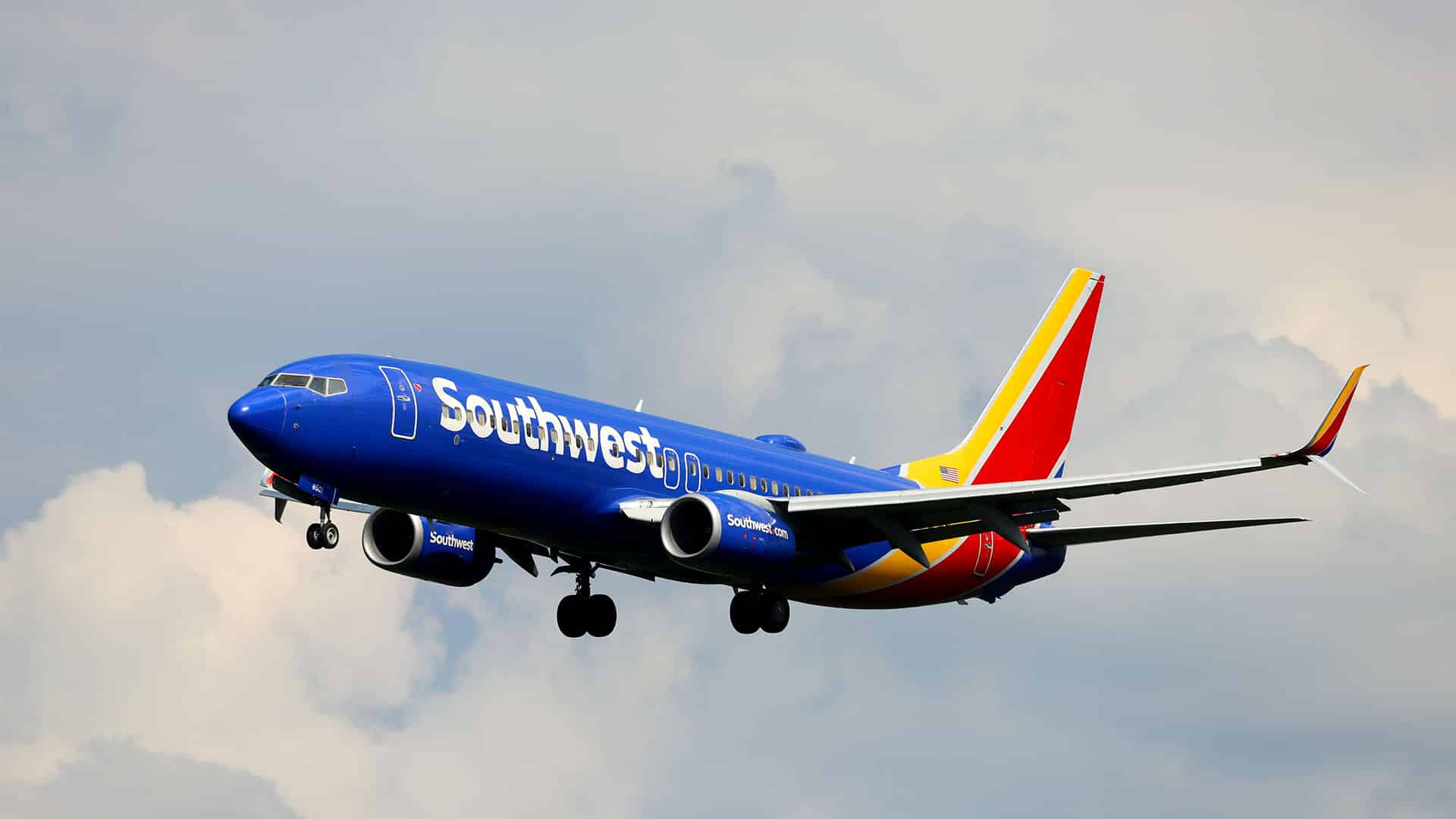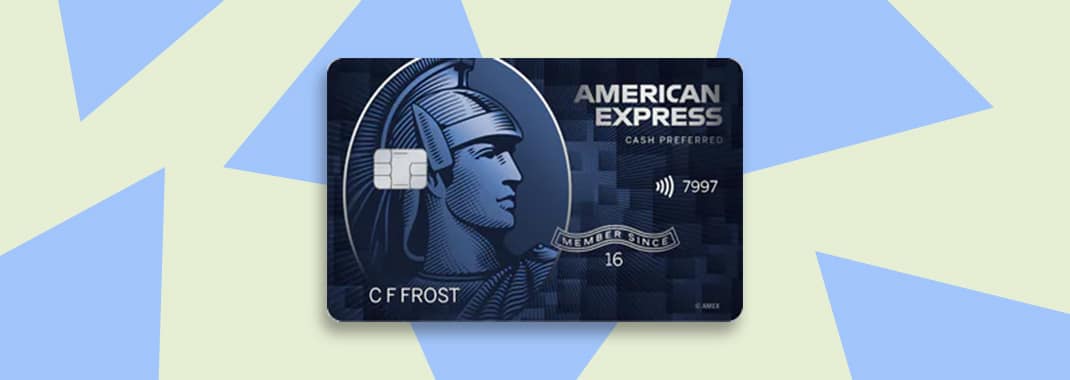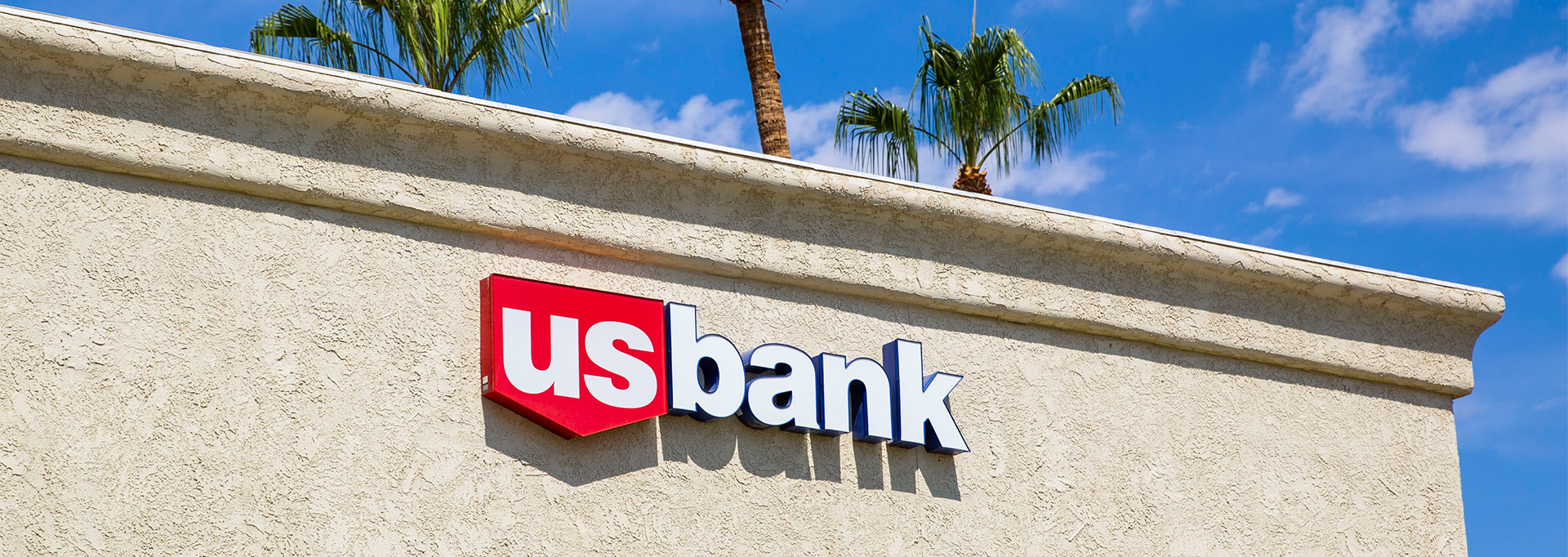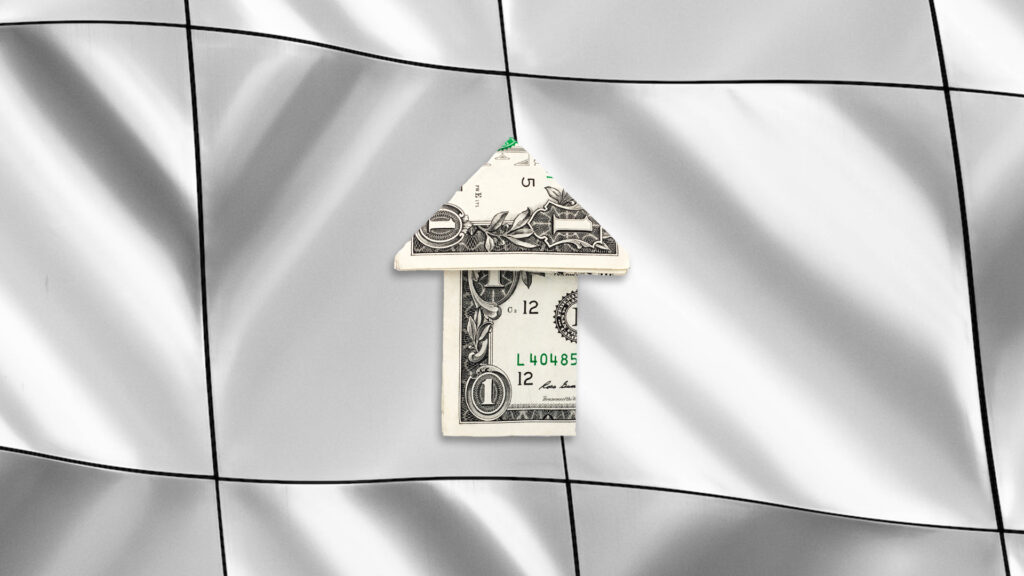Most products on this page are from partners who may compensate us. This may influence which products we write about and where and how they appear on the page. However, opinions expressed here are the author's alone, not those of any bank, credit card issuer, airline or hotel chain. This page may include information about American Express products currently unavailable on Slickdeals. American Express is not a partner of Slickdeals.
In March, I returned from a wonderful 10-day trip with my family of five to Hawaii. I hadn’t been in 29 years, and the state of COVID-19 recovery then led us to the Big Island for our first vacation since the start of the pandemic. If you’ve been following my credit card articles here on Slickdeals, you won’t be shocked to read that I paid for the bulk of the trip with miles and points.
I did the math sitting on our balcony at the Hilton Waikaloa Village and figured our trip would have cost about $15,000 if we had paid the list price for everything. However, we only spent about $1,500, most of which were expensive resort-priced meals and adult beverages. Here’s a look at how we pulled it all together and the credit cards that paid our way.
Hawaii Is a Wonderful and Expensive Destination
The last time I went to Hawaii, I was 7 years old. My dad took us on a trip to Hawaii that included stops on both the Big Island and Maui. I remember some highlights and had a fun time. But my family never returned due to the cost and distance, and I hadn’t been back on my own.
We picked Hawaii because it has had the lowest COVID-19 rates, was enforcing strong mask-wearing mandates and keeps strict rules around outside visitors. We knew we would feel safe and enjoy warm weather there, so I started hunting for flights and hotels.
Thanks to our Southwest Companion Passes, my two oldest kids fly free when my wife and I travel. Our third is a lap child. That means we only paid $5.60 per person each way in fees plus miles. Thanks to fewer people flying at the time and our proximity to Los Angeles airport LAX, we found flights for about 60,000 miles total round-trip for the adults.
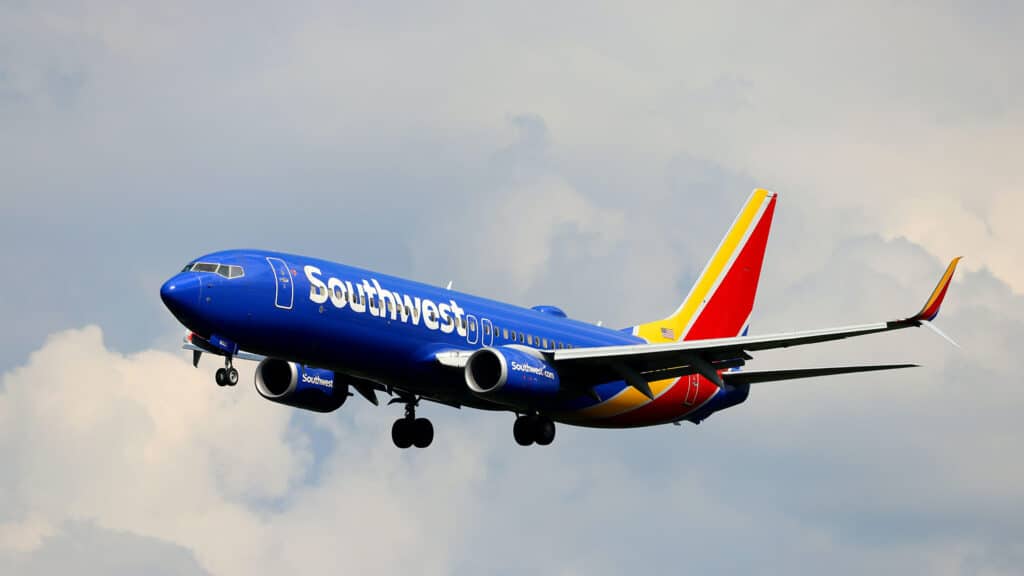
A Complete Guide to the Southwest Companion Pass
I picked two hotels to get some variety over our 10-day visit. Our first hotel was the Hilton Waikaloa Village Resort. I stayed at the same place back when I was seven. I loved the memories so much as child that I made a point to return with my family.

The Hilton Waikaloa Village Resort didn’t disappoint. We enjoyed the most incredible hotel suite of my entire life, dolphins, sea turtles, a luau and an overall wonderful time.
I can’t recommend this hotel more, and they didn’t pay me to say that. (They did hook me up with a nice dinner and paddle-board rental, but I would have said the same nice things anyway.)
Our second stop was the Sheraton Kona Resort & Spa at Keauhou Bay. The Sheraton was a lot smaller, and we ran into a handful of minor issues. So I can’t give it as glowing of a review. However, we enjoyed the stay there, notably the pool, wild goats and evening views of manta rays.
The 3 Cards That Paid For My Hawaii Trip
If you want to take your family to Hawaii for 90% off like I did, here are the travel rewards credit cards I used to earn most of those miles and points for the trip.
The Platinum Card® from American Express
I recently signed up for The Platinum Card® from American Express and earned a big welcome bonus after meeting the offer terms, which took care of a big chunk of our hotels. It’s another expensive premium card with a high annual fee, but it comes with huge benefits that are unbeatable for luxury travel.
The Platinum Card® from American Express
- Our Rating 4.5/5 How our ratings work
- APRSee Pay Over Time APR
- Annual Fee$695
-
Welcome Bonus
80,000Membership Rewards Points
bonus_miles_full Dollar Equivalent: $1,520 (80,000 Membership Rewards Points * .019 base)
Cardholders have access to credits for hotels, digital entertainment, Walmart+, airline fees and more. Those who can use enough credits can offset the hefty annual fee, but otherwise, the value may be out of reach. Enrollment is required for select benefits.
Overview
The American Express Platinum Card isn’t a standout when it comes to rewards rates, but if you’re looking for a card that can elevate your travel experience and provide you with solid monthly lifestyle benefits, this one should be on your radar.
Pros
- An excellent card for premium travel and lifestyle perks
- Access to American Express Centurion Lounges, Delta Sky Clubs (when flying Delta), Priority Pass lounges and more
- More than $1,500 in statement credits, from hotels, Uber, CLEAR, digital entertainment and more
- 5x points on flights and prepaid hotels
- Automatic Gold elite status with Hilton Honors and Marriott Bonvoy hotel programs
Cons
- Very high annual fee
- "Use it or lose it" benefits, as statement credits don't roll over
- Long list of coupon-like perks may be hard to keep track of
The Platinum Card includes accelerated awards for every dollar spent on flights and hotels booked through American Express Travel, but only one point per dollar everywhere else. While the points-earning potential is not impressive, the benefits are. This Amex card gave us complimentary Hilton and Marriott gold status, which entitled us to perks at both hotels on this trip. It also comes with another Priority Pass membership to take my whole family of five into a lounge without extra fees. The Platinum Card also includes credits for Uber or Uber Eats, TSA PreCheck or Global Entry, Saks Fifth Avenue and PayPal.
I don’t have room to mention every Amex Platinum benefit right here, but needless to say, it’s an excellent premium travel rewards card.
How to Use and Transfer Your Amex Points
You can redeem your Membership Rewards to pay for all or part of your next trip using American Express Travel Online. Here's how booking with points works.
Booking with Amex points
- Visit the Amex travel portal site: Sign-in using your credit card account log-in details
- Look for your desired travel options: Just as you would with any other online booking site, search for flights and lodging
- Select the option to use Amex Membership Rewards instead of dollars: When you find the flight, hotel, vacation rental or rental car option you're interested in booking, choose "pay with points"
- Book with points and cash: Additionally, at check out, you can select the option pay with some of your points and the rest of the balance with cash
- Book your travel: Membership Rewards points will be deducted from your total point balance once you confirm your purchase
Transferring your Amex points
If you have an Amex card that allows you to transfer Membership Rewards points to a frequent flier or hotel loyalty program, here's how to do so.
- You must first connect your Membership Rewards account to an eligible travel loyalty program: Use your this link to begin the process. You'll need your airline or hotel reward program membership number. If you do not see your desired loyalty program in the list of options, then it is likely not yet partnered with American Express Travel
- Transfer your points: Select the option to "transfer points" to your desired airline or hotel and then confirm
- Enter the number of points you wish to transfer: Keep in mind that you need to transfer points in increments of 1,000 points. For example, you can transfer 2,000 points but not 2,500 points
- You may pay a fee: Amex charges a per-point fee when transferring points to U.S. airlines. The fee is $0.0006 per point for a maximum of $99. You can roll this cost into the transaction and pay with points, or pay with cash or credit
- Complete the transaction: Simply select "confirm and transfer" to finalize your point transfer. In some cases, the transfer is immediate, or it can take several days to complete
Chase Sapphire Reserve®
My longtime standby credit card is the Chase Sapphire Reserve, which began as a Chase Sapphire Preferred® Card. Right now, the Chase Sapphire Reserve starts you out with a generous sign-up bonus (enough for my family’s flights to Hawaii) after meeting the offer terms. You also earn earn accelerated awards for every dollar you spend on dining (including eligible delivery) and travel purchases, and points on all other spending.
It also gives you bonuses and discounts with Lyft and DoorDash, among other perks.
Chase Sapphire Reserve® Card
- Our Rating 4.5/5 How our ratings work
- APR20.24% - 28.74% (Variable)
- Annual Fee$795
-
Sign-Up Bonus
125,000Chase Ultimate Rewards Points
Earn 125,000 bonus points after you spend $6,000 on purchases in the first 3 months from account opening. Dollar Equivalent: $2,750 (125,000 Chase Ultimate Rewards Points * 0.022 base)
This card features an annual credit for travel purchases, which can offset the annual fee, plus bonus points when you sign up. You'll also get free access to tons of Priority Pass lounges and restaurant options around the world, along with access to the Chase Sapphire Lounge network.
Overview
If you’re looking to elevate your travel experience, look no further than the Chase Sapphire Reserve. When you first get approved, you’ll earn a generous sign-up bonus that can be used for travel-related spending booked through Chase Travel℠. Transfer the points to one of Chase’s airline or hotel partners and they’re potentially worth even more.
Pros
- An array of premium travel perks including access to Priority Pass lounges
- Easy-to-use $300 travel credit that helps offset card's annual fee
- Generous rewards rates for spending
Cons
- High annual fee may be a deterrent for some
- Perks are starting to get stale relative to newer competition
Over the weekend, I told my friend Jesse that the Sapphire Reserve is my number one card for frequent travelers who only want one premium card. It includes an annual travel credit, airport lounge access, travel insurance, purchase protection and other great benefits. While it requires a hefty annual fee, frequent travelers typically get much more back from the benefits and rewards than you have to pay in annual fees.
We use this card for any travel purchases that are not covered by miles or points and dining purchases to get the biggest possible bonus. I also rest easier knowing my trips are covered by the excellent travel insurance benefits of the card. I'm such a fan of this travel credit card, I even helped my mom apply for the Sapphire Reserve.
Chase Freedom Unlimited® Card
The Chase Freedom Unlimited is a cash-back card with no annual fee, but it comes with a superpower when paired with any Chase Ultimate Rewards card. You can turn cash rewards into Ultimate Rewards points at a rate of 1 cent = 1 point.
That means the Freedom Unlimited card gives us an equivalent of 5x points on travel purchased through Ultimate Rewards, 3x on dining and drugstores and 1.5x everywhere else. Right now, it has a valuable sign-up bonus for new cardholders that could get many households well on their way to a free vacation.
Chase Freedom Unlimited®
- Our Rating 4.5/5 How our ratings work
- APR18.99% - 28.49% (Variable)
- Annual Fee$0
-
Sign Up Bonus
$200Cash Bonus
Intro Offer: Earn a $200 Bonus after you spend $500 on purchases in your first 3 months from account opening
We like that the card offers a high flat rewards rate but also provides accelerated rewards on some common everyday spending categories. You’ll also get access to the Chase TravelSM portal, which allows you to use your cash-back earnings for travel rewards, gift cards and more. If you make this your primary card for most purchases you can quickly rack up a lot of rewards.
Overview
The Chase Freedom Unlimited card is unique for a couple of reasons. First, it comes with purchase protection and extended warranty protection you don’t see with some other cash-back cards. Second, you earn cash back in the form of points and when paired with another annual-fee earning Chase product, you can get even more value if you love to travel by transferring to partners.
That’s because while the Freedom cards are marketed as cash-back credit cards, they actually offer points. You can use those points to book travel through Chase at a rate of 1 cent per point. But if you have the Chase Sapphire Preferred® or Chase Sapphire Reserve®, you’ll get 25% and 50% more value on those travel redemptions, respectively. (Plus, the ability to transfer your points, too.)
Pros
- No category bonuses to remember; earn at least 1.5% back on everything
- No annual fee
- Generous travel and purchase protection benefits
Cons
- Can't transfer Chase points unless paired with another annual-fee Chase product
When using those cards regularly, you can see how the points add up fast. We use Freedom Unlimited as our “everything else” card in addition to the bonus categories.
Pro Tip: If you also carry the Chase Freedom Flex℠ Card, you can earn up to 5x on popular purchase categories that rotate every three months. If you use all three credit cards, you’re earning maximum Chase Ultimate Rewards points.
Never Pay Full Price to Travel

I discovered the world of miles and points about a decade ago, and it has been a truly fantastic ride. I’ve flown and stayed all over the world at a fraction of the typical cost. That’s a win for my lifestyle and my budget. But none of it would be possible without these rewards credit cards.
 Related Article
Related Article
Learn How to Travel for Free: Beginners Guide to Credit Card Travel Rewards
As long as you pay off the balance in full every month and avoid certain fee-bearing activities, you’ll never pay more than the annual fee. Once you earn your first big sign-up bonuses, your biggest problem will be choosing where to travel next!
Frequently Asked Questions
-
Maximize your Membership Rewards points by either booking a trip through the Amex Travel portal and paying with points or transferring your Membership Rewards to a frequent flier or hotel loyalty program. With the latter option, you may get outsized value with your points, depending on the flight or stay you book. And with the former option, you’ll typically get at least one cent per point.
-
The popular way to use transferable points for Hawaiian flights is to transfer your points to an international airline, instead of a domestic U.S. airline. Then take advantage of those international airlines’ partnerships with U.S. carriers to book a flight for a fraction of the cost (in points) that the U.S. carrier would normally charge. As an example, transfer points to Korean Air, and then book a flight on either Delta, Alaska Airlines or Hawaiian Airlines using your Korean Air points. Several of the more popular frequent flier programs to transfer points for flights to Hawaii are Turkish Airlines Miles&Smiles, Korean Air SKYPASS, Air France/KLM Flying Blue program and Singapore Airlines KrisFlyer.
-
You can book hotels in Hawaii with points by transferring your rewards points to an eligible hotel loyalty program. For example, transfer your Amex Membership Rewards or Chase Ultimate Rewards to World of Hyatt or Hilton Honors and then redeem those points for hotel stays. Popular hotel transfer partners include Marriott Bonvoy, World of Hyatt, IHG Rewards, Radisson Rewards and Hilton Honors. Keep in mind that it may not always be advantageous to transfer points. In some cases, you may get more value from your points by keeping them in the Ultimate Rewards or Membership Rewards ecosystem and booking through Chase or American Express. Each rewards booking is different, and your redemption value will depend on the time of year and your destination. Run through a few theoretical bookings to get a better understanding of how to maximize value for your points.
-
Yes, you can use rewards for car rentals in Hawaii. Although, the type of rewards points and miles you have will determine the car rental service you can use. For example, both Chase Ultimate Rewards and Capital One allow point-holders to book rental cars with points through their travel portals — but you will be limited to rental services in those portals. Similarly, if you have American Express Membership Rewards points, you can redeem them for virtually any rental car service through its Pay with Points feature. Many airline frequent flier programs also allow you to use their miles to book rental cars, too — such as American Airlines AAdvantage, Delta SkyMiles and United MileagePlus.
-
You can generally expect to need around 20,000 points for a one-way economy class ticket to Hawaii from North America and around 60,000 points for a one-way first-class ticket. But the exact number of American Express Membership Rewards points it takes to fly to Hawaii will depend on the airline, departure location, ticket class and the timing of your booking. Your mileage will vary. As an example, flying from Denver in April with Delta, a one-way economy ticket is around 33,000 Membership Rewards points. But a roundtrip first-class ticket from Cleveland in December with American Airlines will cost about 170,000 Membership Rewards points.
-
The best way to book Hawaiian Airlines flights with Chase Ultimate Rewards points is directly through the Ultimate Rewards travel-booking portal. While Hawaiian Airlines is not affiliated with Chase, it does operate many of the Delta Flights to and from North America and the islands. So it’s simply a matter of redeeming your points to book a Hawaiian Airline-operated Delta flight. Unfortunately, you cannot transfer Chase Ultimate Rewards points to Hawaiian Airlines because it is not among the card issuer’s portfolio transfer partners.
-
Redeem your rewards miles with Hawaiian Airlines through your online HawaiianMiles account or by calling 877-426-4537. Your HawaiianMiles points are generally worth about 1 cent a piece. Log in to your account dashboard and click “Redeem Miles.” Then select the option you want, such as Hawaiian Airlines flights, partner flights, car rentals, hotel nights or gift cards.
-
You need around 20,000 Southwest points to fly to Hawaii with a one-way ticket. Keep in mind, the exact number of Rapid Rewards Points you’ll need to fly to Hawaii will depend on your departure city, time of year and ticket class (Business Select, Anytime or Wanna Get Away). For example, one-way Wanna Get Away tickets from Denver to Honolulu in April start at 19,000 points. But a one-way Business Select ticket from Boston in December start at 33,000 points.

